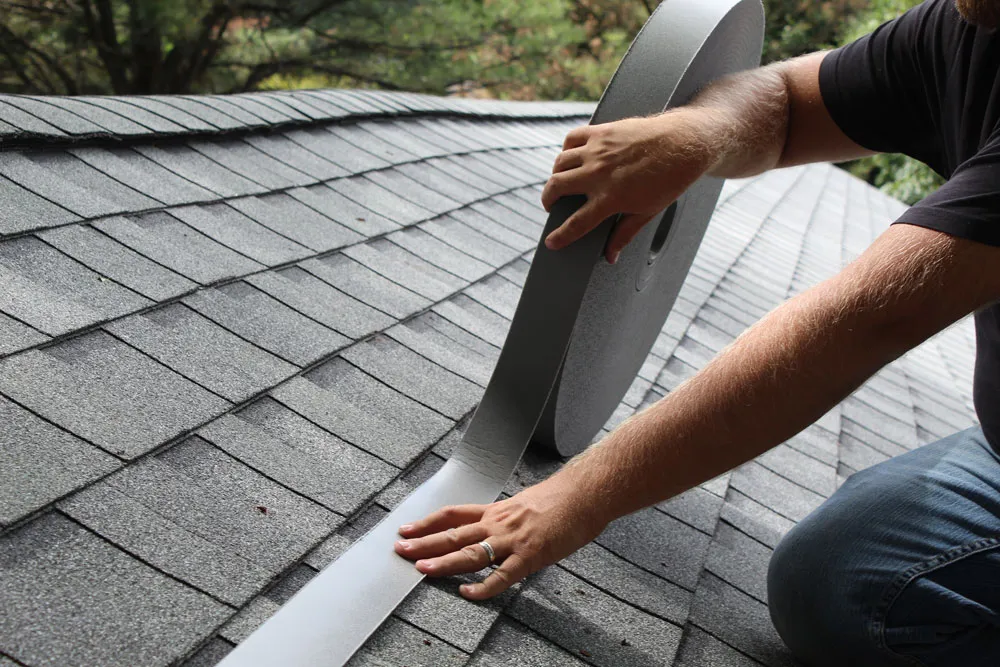When it comes to home improvement projects, roofing is one of the most significant investments you can make. Over the years, different roofing materials have gained popularity for their durability and aesthetic appeal. Metal roofing is one such option that has gained traction among homeowners. However, many people wonder, “Is it okay to put a metal roof over shingles?” In this article, we will explore the pros and cons of this practice, discussing the benefits, potential issues, and the overall feasibility of installing a metal roof over existing shingles.

The Advantages of Installing a Metal Roof Over Shingles
- Cost-EfficiencyOne of the primary reasons homeowners consider placing a metal roof over existing shingles is cost-efficiency. Removing the old shingles can be an expensive and labor-intensive process. By installing a metal roof over shingles, you can save both time and money, as it eliminates the need for tear-off and disposal.
- Energy EfficiencyMetal roofs are known for their energy-efficient properties. They reflect the sun’s rays, reducing heat absorption and, in turn, lowering your cooling costs during hot summer months. By adding an additional layer over your shingles, you can further enhance your home’s energy efficiency, reducing your overall carbon footprint.
- DurabilityMetal roofs are highly durable and can last for 50 years or more with proper maintenance. By placing a metal roof over shingles, you provide an extra layer of protection to your home. This can extend the lifespan of your roof and protect your property from harsh weather conditions, such as heavy rain, snow, and strong winds.
Considerations and Potential Issues
- Weight ConcernsBefore you decide to install a metal roof over shingles, it’s essential to consider the weight. Metal roofs are generally heavier than asphalt shingles. Ensure that your existing roof structure can support the additional weight. Consulting with a structural engineer is a wise step to determine if your house can handle the extra load.
- Ventilation and Moisture IssuesProper ventilation is crucial for any roofing system. When you install a metal roof over shingles, it can create an airspace between the two layers. This space can trap moisture, leading to potential issues like rust and mold growth. To mitigate this problem, you may need to install a vented roofing system.
- Voiding WarrantyAnother issue to consider is the warranty of your new metal roof. Many manufacturers may void the warranty if the metal roofing is placed directly over shingles. To maintain your warranty, you might have to follow specific installation guidelines provided by the manufacturer.
Installation Process
Installing a metal roof over shingles involves several steps. Here is a basic overview of the process:
- Inspection: Begin by inspecting your existing shingles. Make sure they are in good condition and free from rot or damage. If the shingles are damaged, it’s advisable to replace them before installing the metal roof.
- Underlayment: Install an underlayment to create a barrier between the shingles and the metal roof. This underlayment helps prevent moisture buildup and provides a smooth surface for the metal panels.
- Fastening the Metal Panels: Secure the metal roofing panels to the underlayment using screws or clips. Make sure they are fastened properly to prevent leaks and wind uplift.
- Flashing and Trim: Install flashing around roof penetrations, such as chimneys and vents, to ensure a watertight seal. Additionally, add trim to finish the edges and give your roof a polished appearance.
- Ventilation: Ensure proper ventilation to prevent moisture buildup. Ridge vents and soffit vents can help maintain a balanced airflow.
- Regular Maintenance: After installation, it’s crucial to perform regular maintenance to extend the lifespan of your metal roof. Inspect for loose fasteners, clean debris, and address any issues promptly.
Conclusion
In conclusion, it is okay to put a metal roof over shingles, but it’s essential to weigh the advantages and disadvantages carefully. While it can be a cost-effective and energy-efficient option, you must address potential issues related to weight, ventilation, and warranty considerations. Before undertaking such a project, consult with roofing professionals and consider the specific needs of your home. By doing so, you can make an informed decision that ensures the longevity and performance of your new metal roof while preserving your existing shingle layer.



Leave a Reply